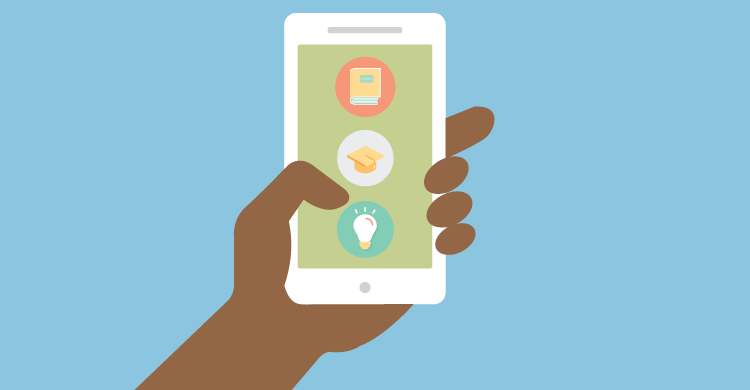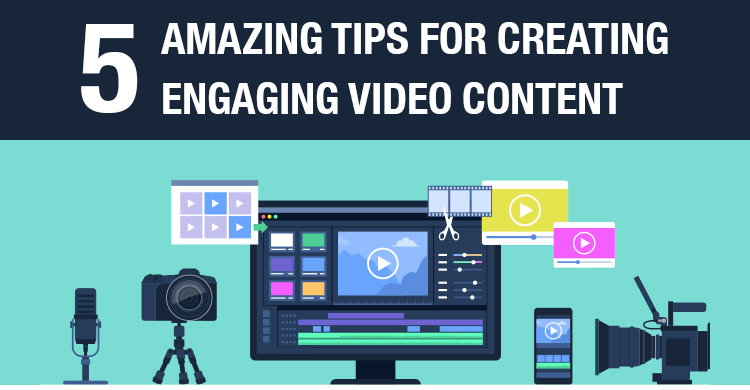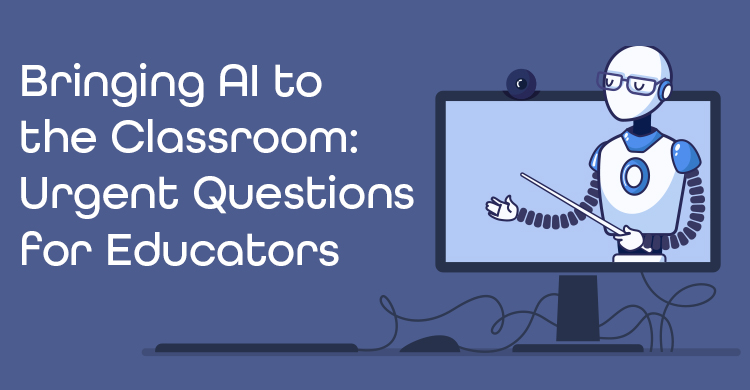Education is being turned upside down and inside out, just as every other sector of society has been. The staunch and staid stock market has become the micro-minute trade, on-line banking has replaced the face of the teller, the waning of paper newspapers is mourned by many as it is replaced with up-to-the-minute news flashes on handheld devices, one-touch music, video entertainment on smart phones, travel bookings on your home computer. These clear and sometimes, calamitous signs of the times have taken our world by storm.
These same kinds of repercussions are already emerging in the education arena-flip classrooms, hybrid schools, blended classroom integrating face-to-face time in with on-line resources, remote learning from a home base; digital textbooks, school architecture restructuring spaces for project groupings, audience presentations, and team work as the norm. The future is beckoning and technology is in that future; like a tsunami warning as it continues to pick up speed and space.
It is a planetary phenomenon that has launched teachers into a new and exciting and rapidly, changing climate of electronic literacy. With this digital storm comes tremendous motivation for kids. They are there. They are communicators, the likes of which have never been seen. They are into it, yet, they are focused primarily on the uncountable and unsustainable applications for entertainment. The driving question for educators is, how does technology translate from edutainment to education? How do schools tool for the technology-enhanced teaching and learning in the digital age? And, how to teachers orchestrate transformational learning beyond the transmission of information (Finley, 2015). With those questions come many more questions-practical, ethical and moral questions that cause much anguished articulation to find acceptable, incremental resolutions.
In truth, the adult world is being drawn into the digital vortex. Some enter it eagerly, willingly and excitedly; others approach it with hesitation and still some openly resist emerging technology. Yet the movement is unstoppable and most know that now. They are seeking ways to accommodate this unmistakable acceleration of digital climate change in schools.
The use of technology in the classroom is generally linked to how tech-savvy the teachers are and how much they value visual literacy as an integral part of the contemporary literacy scene across all disciplines. Innovative Teaching and Learning complied data from 7 counties to identify not just if classrooms had technology but how were the teachers and student using the technology in the teaching and learning process.
Screen Usage Data: Information Consumption or Knowledge Creation
Source: Fullan and Langworthy, 2014, p.31. Licensed under Creative Commons Attribution 3.0 http://creativecommons.org/by3.0/
Evident from the data displayed on the table (Fullan and Langsworthy, 2014), classroom digital tasks are used more frequently for utilitarian purposes. The most common uses of technology, labeled basic, is searching for information, the practice of routine skills, taking tests and writing and editing. Developing animations, work with others outside class, use of simulations, creating multimedia presentations, collaborate with peers online, access class resources and analyze data is labeled high level use of technology.
That makes perfect sense as teachers are morphing their classrooms into the spectrum of screen-age applications. Creating knowledge comes the shirttails of content consumption as teachers and students begin to manipulate authentic digital applications to present and communicate their ideas for real world problem solving.
It behooves school leaders and teacher leaders to share this interesting and informative interesting data with staff. It’s a catalyst for dynamic collegial conversations about how to move along the clear distinction being made between simply using the computer for techy paper-pencil tasks. It delineates a definitive progression toward more sophisticated “screenage scenarios” in the classroom and more “screenage sessions” in the staff room.
As each discipline or grade level team commit to proactively searching and finding apps and sites that enhance and further their work with student success in the blended instructional classroom, the impact is remarkable in assisting a positive and productive shift to 21st Century skills. It’s time APPY HOUR” as team members stream in with apps and applications that work. The learning curve just took a cyber leap upward!
Resources
Finely, T. 2015. 4Things transformational Teahes do. ( Originally published July 28, 2014, updated July 23, 2015. Edutopia.org
Fullan and Langworthy, 2014, p.31. Licensed under Creative Commons Attribution 3.0 http://creativecommons.org/by3.0/
Pete and Fogarty, 2015, The Right to Be Literate. (excerpt, extrapolated and enhanced from Chapters 5 & 6).
[author_bio id=”341″]
[author_bio id=”53″]







